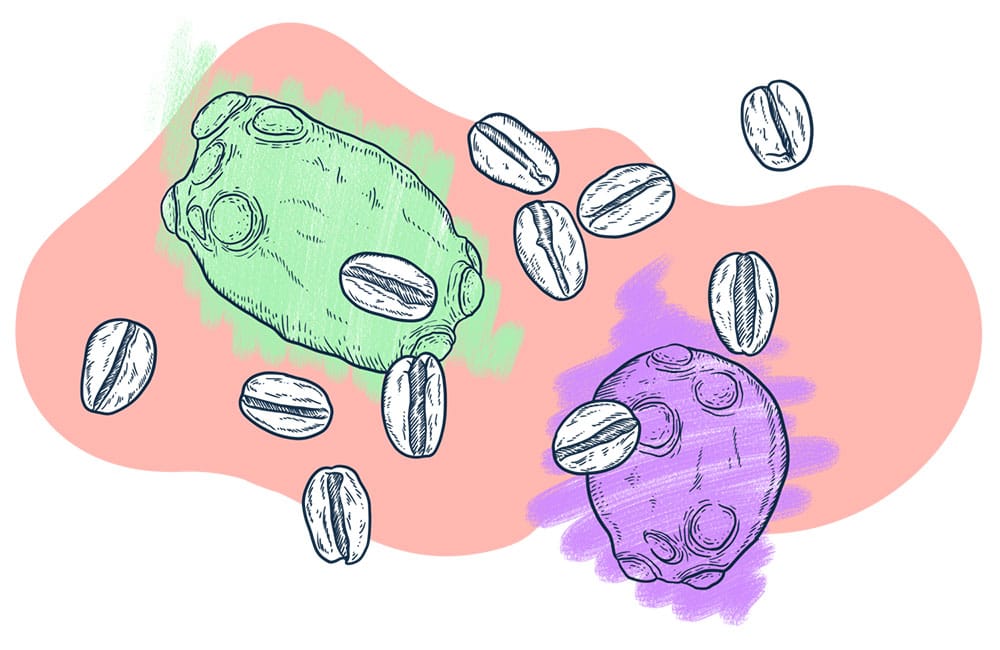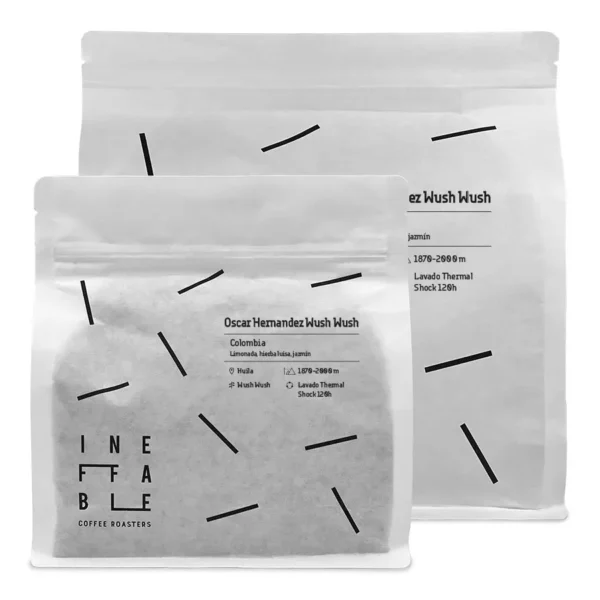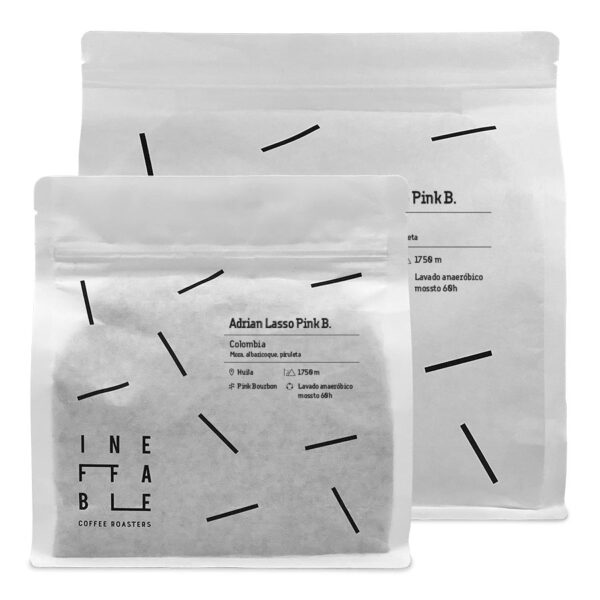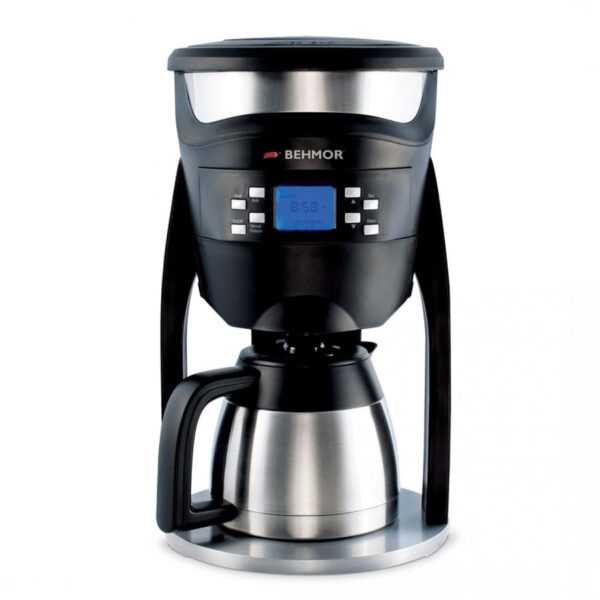Anaerobic coffee fermentation
Did you know that your muscles ferment? Well, maybe they should ferment.
When you exercise very intensively (the kind of intense that makes you stiff the next day) your muscles produce lactic acid.
Lactic acid is produced by glycolysis: the breakdown of carbohydrates into acids by a fermentation process.
It is the accumulation of this acid that creates the characteristic discomfort of muscle stiffness. In a way, everything ferments, but it does not mean that fermentation is a bad thing.
Fermentation is a preservation process that has been used in cooking for centuries and it also changes the organoleptic profile of the food.
The anaerobic coffee fermentation is a process to create and control a flavour profile that enriches its original qualities.
What is Fermentation?
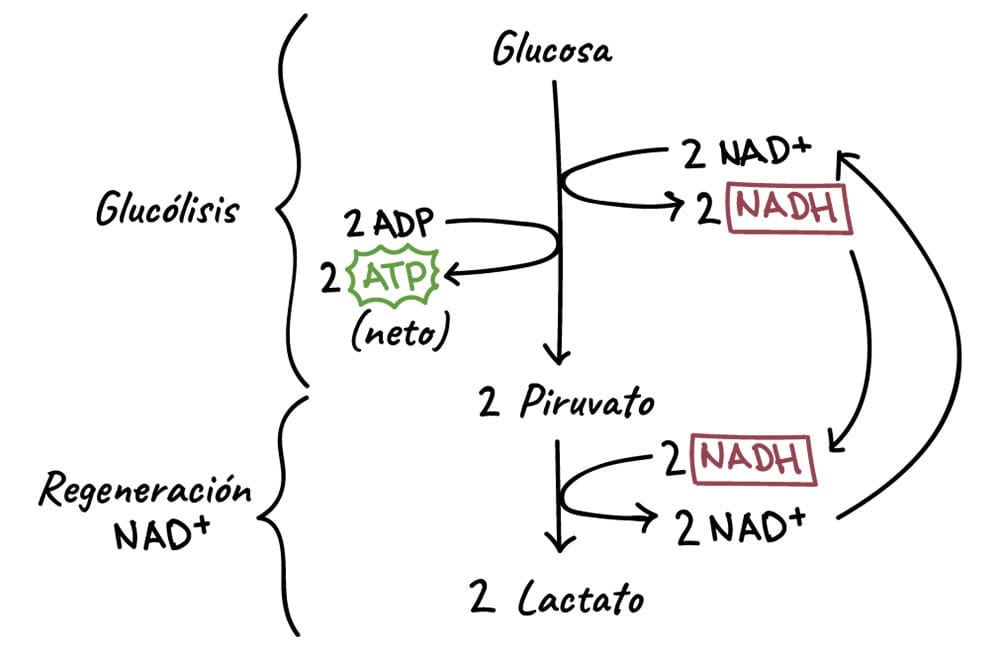
If that sounded like Chinese to you, we thought the same when we first read it. So let us try to simplify it (under the risk of losing accuracy).
Louis Pasteur, who is credited with having discovered this process, described it as la vie sans l’air (life without air).
A very poetic way of saying that there are certain microorganisms (such as bacteria) that transform complex molecules into simple molecules and generate chemical energy; in this way, they can continue to live and develop without the need for oxygen.
The transformed molecule is the glucose one, and the process is called glycolysis. So think about what does not contain some type of glucose? Virtually nothing; everything is susceptible to fermentation.
Fermentation is an unfinished oxidation process (we talked about coffee oxidation in this post ) because the proliferation of the microorganisms responsible for glycolysis means that other microorganisms do not reproduce, and the oxidation process is not completed.
Fermentation in Food Production
In food production, the definition of fermentation is a bit wider than the scientific one and is applied to several similar processes.
In the culinary world, fermentation is the transformation of certain organic elements due to the action of yeasts or bacteria.
The microorganisms responsible for fermentation can be naturally found in the food or they might be added to create the desired reaction.
The result is the formation of acids or alcohols (for example, yoghurt or wine). The type of fermentation varies depending on the food, the ferment and the time.
Fermentation is a way of preserving foods (e.g. pickles), changing its organoleptic profile (e.g. wine), and improving the nutritional value and efficacy of proteins (e.g. yoghurt).
All Fermentations Are Anaerobic
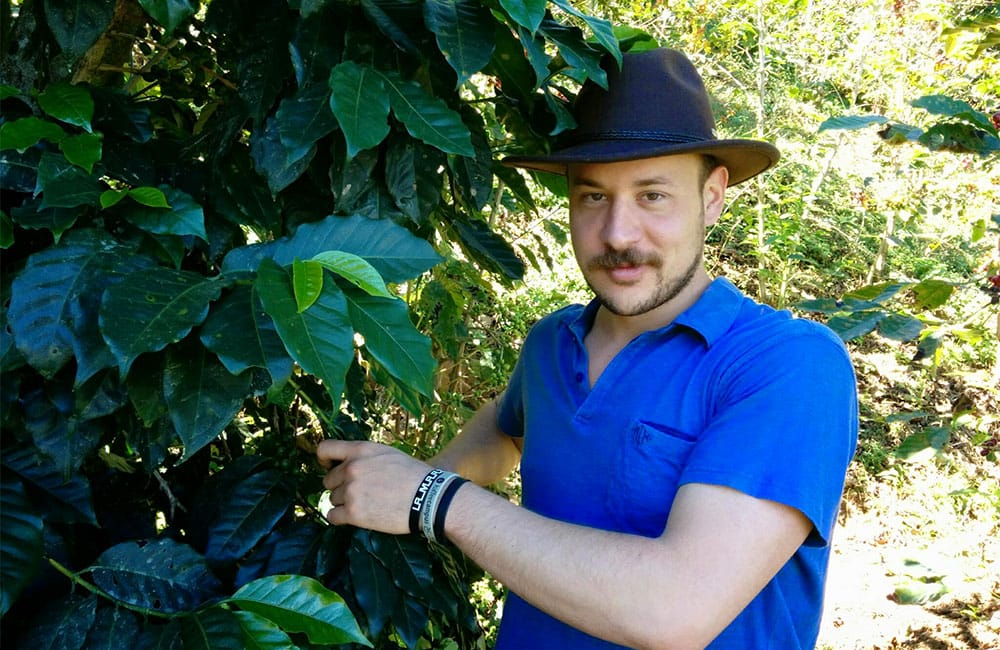
Nevertheless, although is a redundancy, it makes sense to talk about it in the context of coffee processes.
Rodolfo Ruffatti, our direct trade partner at Finca El Salvador, told us while speaking about anaerobic fermentation coffees that: “People had been using anaerobic fermentation for a while without anyone giving it a name. It was Sasa Sestic, at the World Barista, who made this method known when ha said that the coffee that he used to win came from carbonic maceration. Some people don’t want to use the term ‘anaerobic’ because all fermentations are”.
The reason why we talk about anaerobic coffee fermentation is to differentiate coffees that have been exposed to an extended fermentation process, generally in sealed conditions, from other coffees, since all coffees undergo a longer or shorter fermentation process.
Coffee Fermentation
Fermentation is longer in washed processes, where a bit of fermentation is purposely sought (pulping, fermenting, washing and drying), than it is in a semi-washed process (pulping and drying).
An anaerobically fermented coffee is left, with pulp or just with mucilage, for a certain number of hours in a sealed tank to stop the flow of oxygen.
Therefore, we could say that defining a coffee as having undergone “anaerobic fermentation” process, although technically redundant, fulfils a differentiating function.
Furthermore, there are several types of denominations for different fermentation methods. These are:
- Anaerobic
- Carbonic
- Lactic
- Other experimental processes
Let’s see what each one means and how it affects coffee.
Anaerobic Fermentation
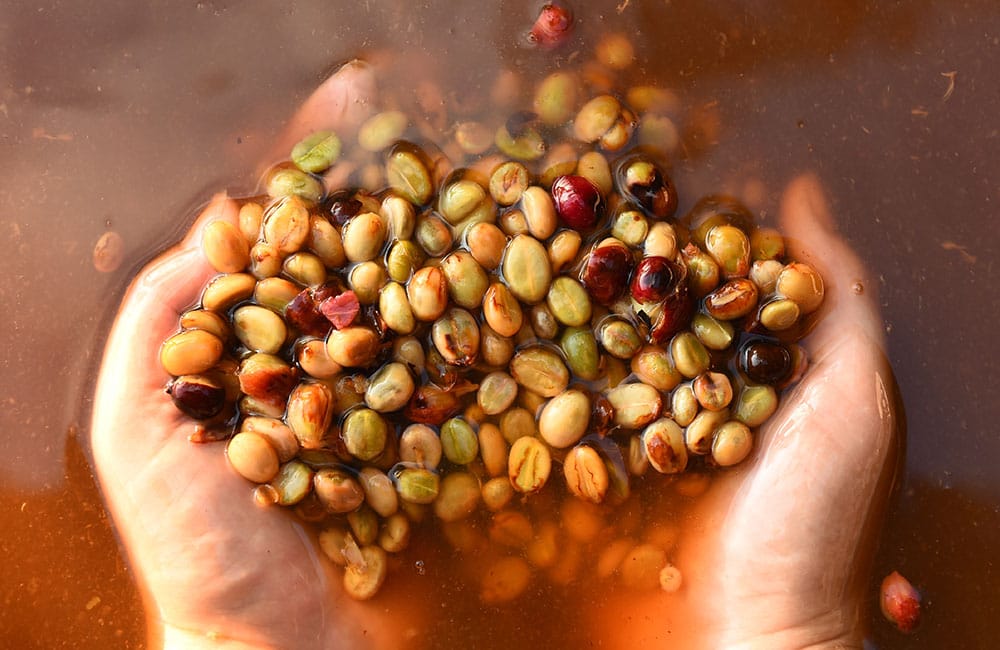
The tank temperature is also controlled for a more accurate result.
Rodolfo Ruffatti told us “this process can be done with a tank, with barrels, even with Grain-pro plastic bags. The important thing is that the coffee is sealed without access to air for some time”.
It can be done before the cherries are pulped or after they have been pulped. In both cases, the microorganisms will begin to break down glucose molecules, a chemical reaction that generates CO2 and heat.
This will displace the oxygen in the tank to be expelled through the one-way valve.
The bacteria naturally found in the coffee cherry and the mucilage produce enzymes during this process, which causes less complex compounds, such as organic acids and alcohols, to be generated.
Why is anaerobic fermentation used and how influences coffee?
This fermentation process, which is deliberately extended in some types of coffee processing, such as honey or natural, is a characteristic part of the flavour profile of each coffee.
But despite being an integral part of a coffee’s flavour profile, the fermentation process was never fully controlled.
The anaerobic fermentation allows for better control of this process by managing the Ph, Brix readings (indications of the sugar content) and controlling the temperature inside the tank.
Controlling and lengthening the fermentation of coffee results in the alteration of its chemical composition, and therefore its organoleptic profile too.
Fermentation can enhance flavours or create different flavour profiles of the same coffee. For example, a coffee with a 48-hour fermentation process will not taste the same as the same coffee with a 120-hour fermentation process.
At Ineffable Coffee, we have two anaerobic fermented coffees
One has a short fermentation (48 hours, hyperlink) and the other has a long one (120 hours, hyperlink). You might want to give them a try to appreciate the differences. Both coffees come from direct trade with Rodolfo Ruffatti, from Finca El Salvador.
Dr Britta Folmer in The Craft and Science of Coffee says that “[removing mucilage through] underwater fermentation is said to enhance acidity and aroma, and reduce some astringency” (hyperlink).
On the other hand, a too-long fermentation can have the opposite effect, acidity, body and aroma are lost. The coffee producers seek to find a balance in which flavour and aroma are enhanced without losing properties.
Carbonic Coffee Maceration
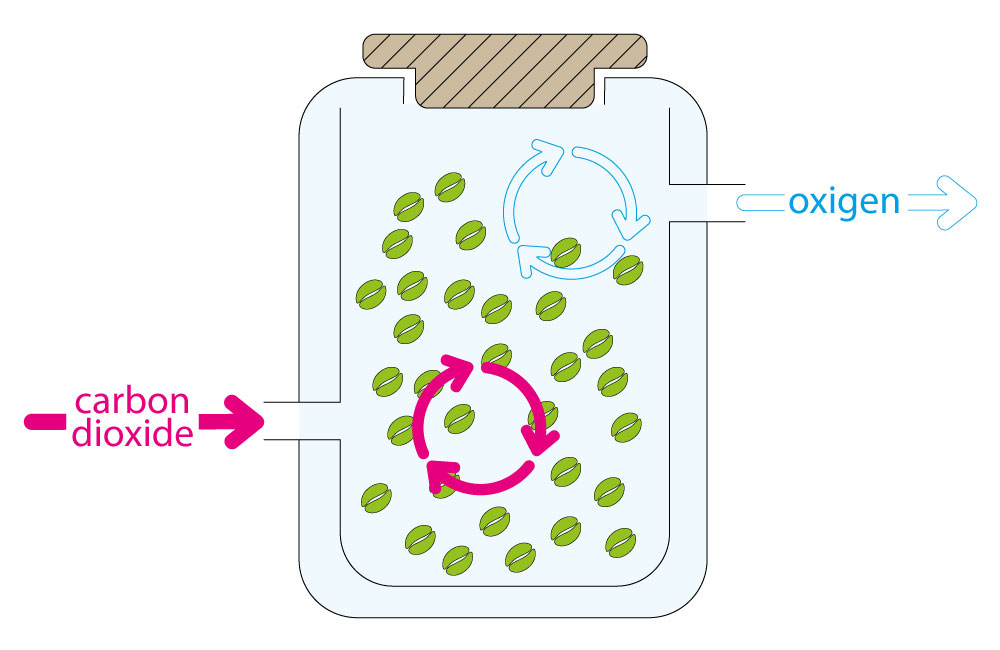
The difference lies in that, for carbonic maceration, carbon dioxide is injected in the tank after the coffee cherries have been placed in it and the tank sealed, thus expelling all the oxygen from the inside.
For this reason, it is called “carbonic”.
Carbonic maceration process
Then, carbon dioxide is injected, which causes all the oxygen to be expelled from the tank.
The duration of the maceration depends on what the farmer wants to achieve, but it can range from a few hours to several days.
As in anaerobic fermentation, it is important to control temperature, pH and sugar levels (Brix).
The cherries can be placed in the tank as a whole or they might have been previously pulped.
For a “washed” coffee, the pulped cherries will be used while for a “natural” coffee the cherries would not have been pulped beforehand and are later left to dry in African beds.
How Does Carbonic Maceration Influence Coffee and Why Is it Used?
As there is no oxygen (therefore, there is no oxidation) the decomposition of glucose is slower, as is the evolution of the pH. It also makes it easier to control different parameters, so that different results can be obtained.
Sasa Sestic, World Barista Champion and pioneer in applying this originally wine maceration process to coffee, says that by controlling the temperature you can control both acidity and sweetness.
At low temperatures acidity is enhanced while at high temperatures sweetness is enhanced (hyperlink).
As with anaerobic fermentation, the aim is to improve the coffee by enhancing aromas, improving sweetness and acidity and obtaining a coffee with more body.
Enjoy seasonal coffee, visit our shop
- Filter & EspressoCold BrewSpecial process
Edwin Noreña Red – Colombia – Mossto 72h Co-fermented
36,00€ – 132,00€ VAT included - Filter & Espresso
Oscar Hernandez Wush Wush – Colombia – Thermal Shock
36,00€ – 132,00€ VAT included - Filter & EspressoCold BrewSpecial process
Adrian Lasso Pink B. – Colombia – Washed anaerobic 60h
23,00€ – 84,00€ VAT included
Lactic Fermentation and Other Experimental Processes
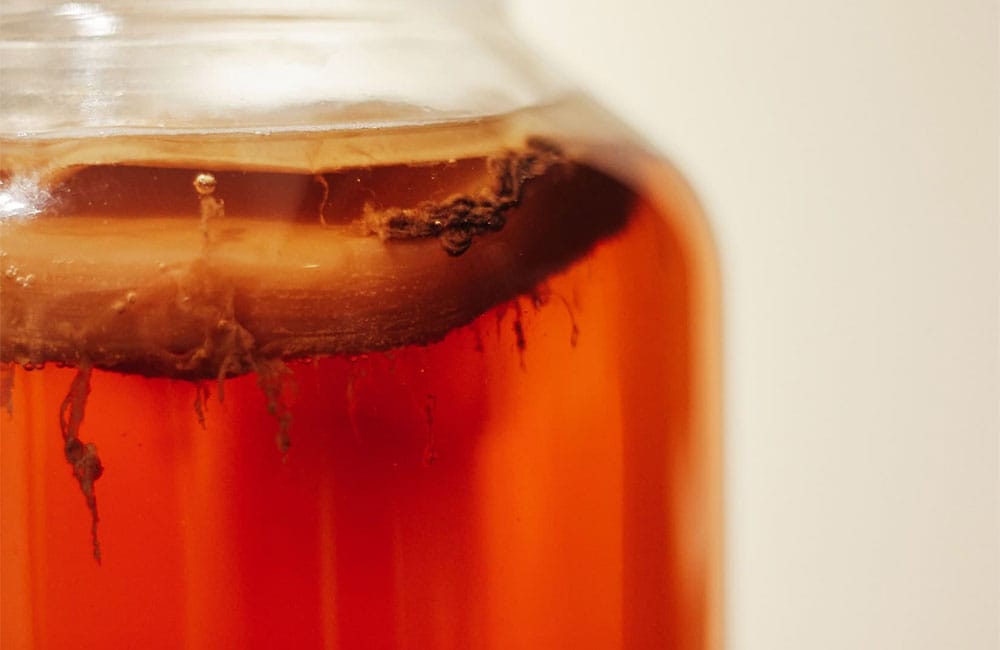
There are other processes, some in more experimental phases than others, to achieve these results.
We are talking about lactic fermentation, fermentation with the kombucha fungus and with that of the water kefir.
Coffee has different bacteria that carry out the fermentation process, amongst which there are lactic acid bacteria. These are the same ones responsible for the fermentation processes in dairy.
In the lactic fermentation process of coffee, the conditions are controlled, through the regulation of oxygen, for example, for these bacteria to proliferate and not others (such as aerobic bacteria).
This changes the fermentation process so different results can be obtained.
Experimental processes
One way of doing this is by letting the coffee cherries ferment in the kombucha or water kefir liquid instead of just water.
The reason for this experimentation is to broaden the horizons of coffee tasting notes, acidity, sweetness, body in the cup, etc.
And this is something very exciting, it opens a new world of possibilities.
Get to know our accessories and visit our shop
Where Are the Coffee Processes Heading?
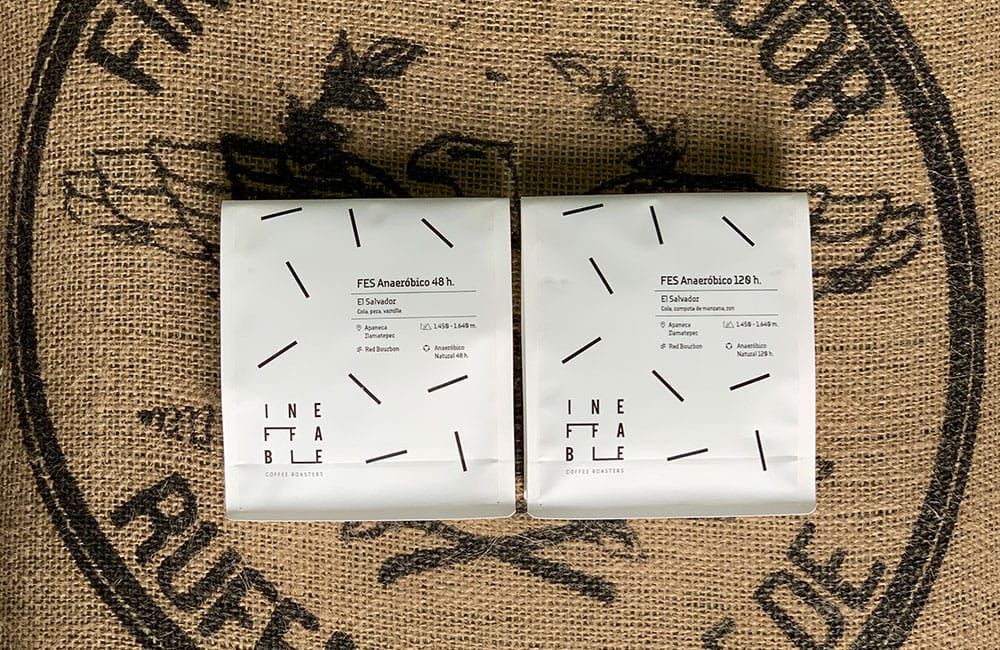
Perhaps not all processes and experiments will have positive results, some will have come to stay, others will leave us. Perhaps, there are some coffees that it is better to continue processing them through traditional means.
But it will all translate into an exciting sensory journey which will enhance our coffee-drinking experience. These processes and innovations may take us to unique and hitherto unknown places in the world of coffee.
We want to be part of this journey. That is why we have included in our selection two anaerobic fermentation coffees from direct trade with Finca El Salvador.
They are the result from the work of the Productor Coffee team under the direction of Rodolfo Ruffatti.
One has a 48 hours fermentation, with subtle fruity notes, and the other a 120 hours fermentation, where the intensity of the flavours is magnified.
So, are you coming with us?

